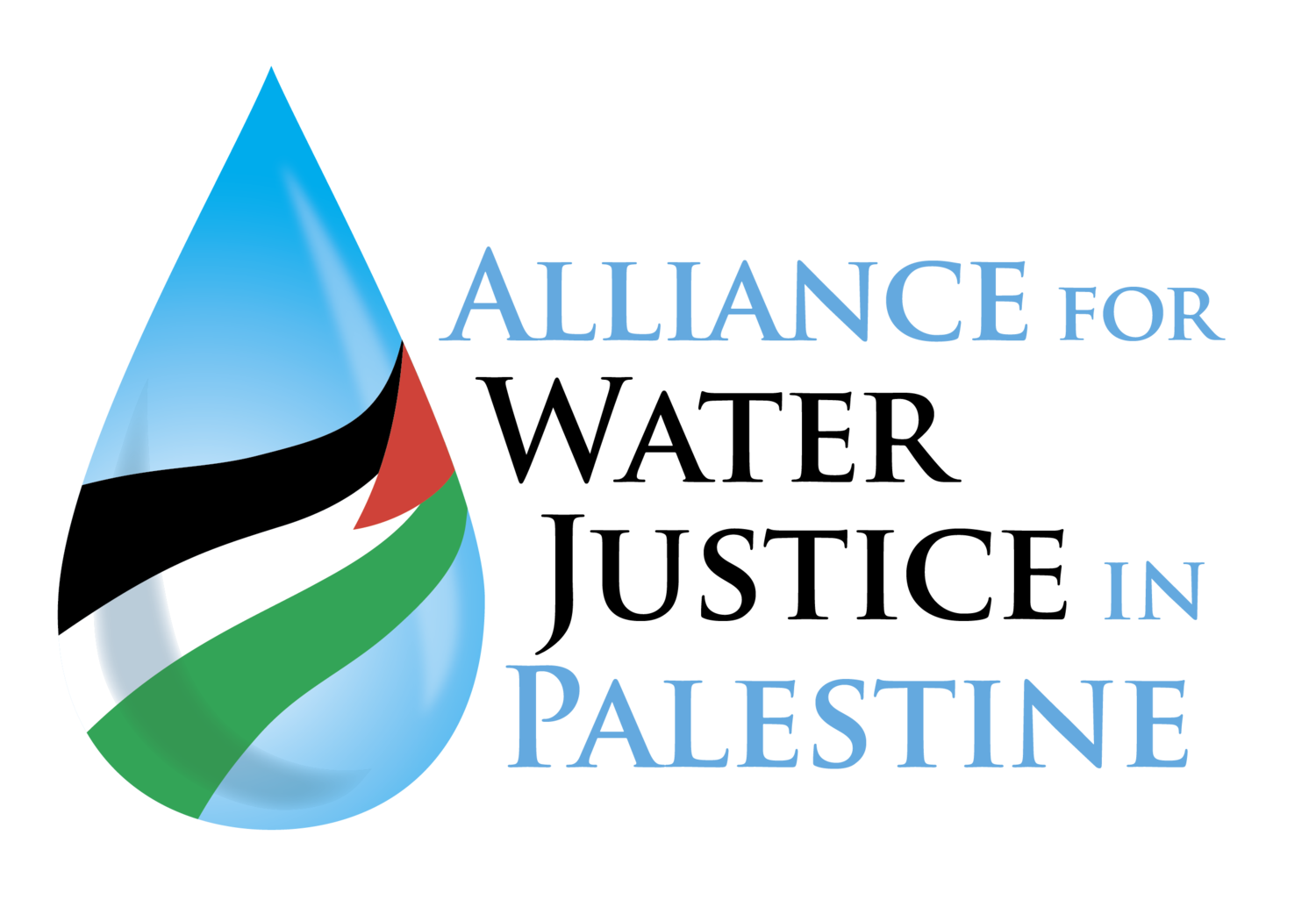Over the weekend from Friday the 10th January through Sunday the 12th Scientists for Palestine (S4P) held their third international conference, this year at Massachusetts Institute of Technology in Cambridge, Massachusetts. In front of an audience of about 200, there were thirty Palestinian scientist presenters and panel participants, nine of whom had made the journey from Palestine to Cambridge.
Most notable was the absence of participants from Gaza who had been denied travel visas (but who were able to join by video); and in particular, the absence of Ubai Aboudi, Director of the Bisan Center for Research and Development, one of the organizers of the S4P conference who was arrested without charge in November. Aboudi is a US citizen, and a leading and highly respected educationalist in Palestine. At the opening plenary session his wife, Hind Aboudi, told us by video that his detention had just been renewed for another 101 days. On her recent visit – restricted to just two minutes – she saw him standing next to a prisoner whose jaw was seriously misaligned and who had clearly been tortured. In the final plenary session, this congregation of scientists supported the motion that S4P should make public representations on behalf of Dr. Ubai Aboudi, .
The keynote address at the opening of the conference was a breathtakingly exciting presentation “Opening a new window to the Universe”. Perfectly pitched to the gathering of doctors, medical researchers, mathematicians, physicists, chemists, biologist and a wide range of (presumably) well educated lay persons, very few of whom were astrophysicists, Nergis Mavalvala (who led the team that built the LIGO Observatory) explained how the “old” window to the universe was visual, whereas the “new” window is aural, tracing collisions that occurred 1.3 million years ago.
Coming down to earth, the panel discussion on Friday evening outlined the issues facing Palestinian scientists under Israeli occupation, whether they are situated in the West Bank and Gaza, in 48 Palestine, in the refugee camps in Lebanon and Syria and in the wider diaspora. Closures, checkpoints, travel restrictions, scarcity of material resources, interruptions in water and electricity supplies, and scarcity of research funding are all major barriers to research. Marwan Awartani, a mathematician and now Minister for Education and Higher Education, addressed the conference by video stressed that these obstacles, a reflection of the continuing occupation, were directly antithetical to the idea of the university as a site of multi-cultural, multi-disciplinary free exchanges of ideas, particularly with regard to the practice and development of science which knows no national boundaries.
It is in this context, prevailing against the impediments imposed by the Israeli state, that S4P exemplifies the humanistic universality of scientific and technological research. Over the next two days we heard from Nobel prize winner George Smith (bio-chemist) and a host of other scientific leaders representing eight of the seventeen Palestinian universities, demonstrating a wide range of high level theoretical work from entomology to high energy physics, cancer research, genomic research and emergency medicine as practiced in Gaza in the days of the Great March of Return.
Majd Masharawi from Gaza showed us by video two innovative products that she has developed: GreenCake,building blocks made of rubble from buildings destroyed by bombardment; and SunBox, a compact kit of photovoltaic panels, batteries and lighting to overcome the constant power supply interruptions and designed in various sizes for affordability. Saad Dagher, again by video, talked about his work in developing food sovereignty through ago-ecology. And Dr. Tarek Loubani, a Canadian doctor working in Gaza, who, through his Glia Project, uses 3-D printing to manufacture stethoscopes (price $2.81 versus >$300 for a ‘real’ one), needle drivers and pulse oximeters. Referring to his work as deliberately “un-innovative”, he said his main aim is to provide basic medical equipment and supplies to areas under extreme resource deprivation – like Gaza.
On Sunday the sessions broke up into working groups to focus on topics such as Medicine, Computer Sciences, Innovation, Science Education, Conditions under Occupation. In an exercise in institution building, each of the groups was tasked with developing a structure and agenda for each of the subject areas (allowing for significant complementarity and overlap) and a mechanism for advancing knowledge and international cooperation.
From my own perspective as an architect, not a scientist, I was struck by the extraordinary fecundity of high-level scientific work being produced under very difficult conditions. Normally in science there is the problem of “translation” which is making the transition from theoretical or laboratory work to implementation and application. In Occupied Palestine there is an additional transition to be made, the translation of scientific research and technology from Palestine to the wider world, overcoming not only the physical impediments but the intellectual obstructions placed in front of Palestinian scientists seeking patents for their work, the control of which is in the hands of the Israeli state.
Another conclusion from witnessing this sophisticated and productive exchange of ideas is that despite the politically-imposed privations endured by Palestinian scientists (and of course the population as a whole) there is a corresponding ingenuity at prevailing against the odds. In ten, twenty, thirty years’ time the whole world will be suffering from the privations of climate change and resource depletion. Palestine, and Palestinian scientists, are showing us how to prevail, despite the odds.
Hubert Murray, Architect
Dr. Tarek Loubani demonstrating his stethoscope made by a 3 D printer on a conference participant.
The Alliance was one of the proud co-sponsors of the Friday evening event.





